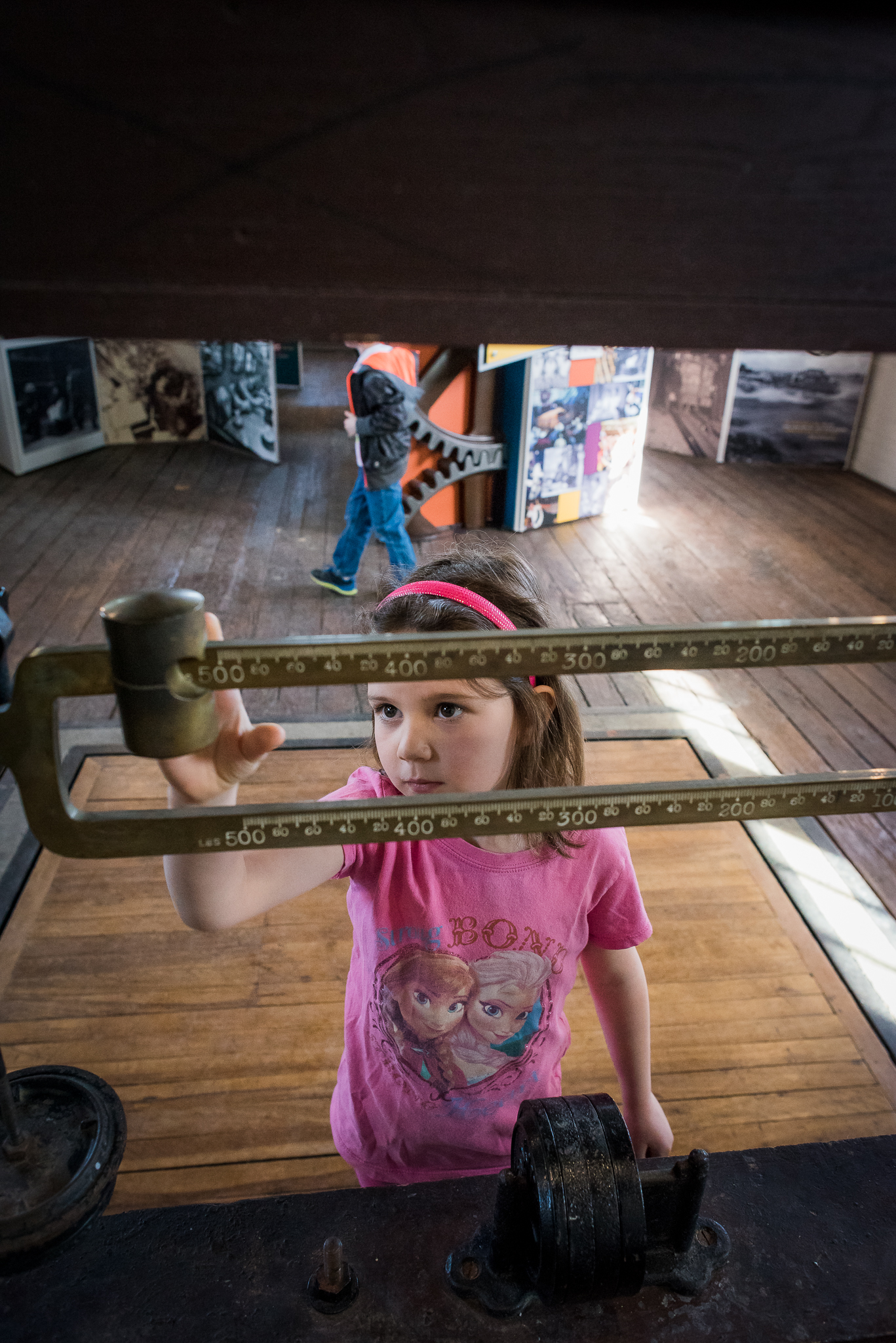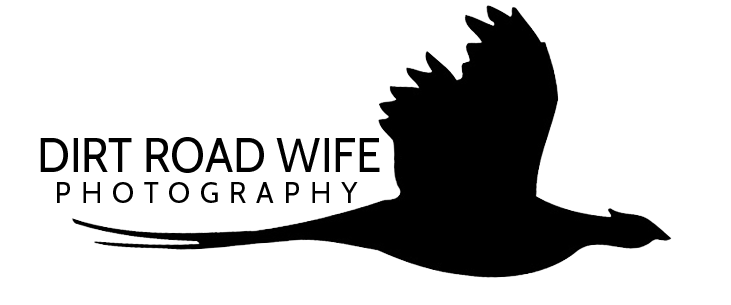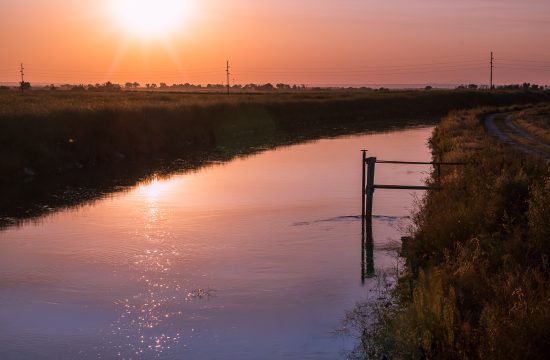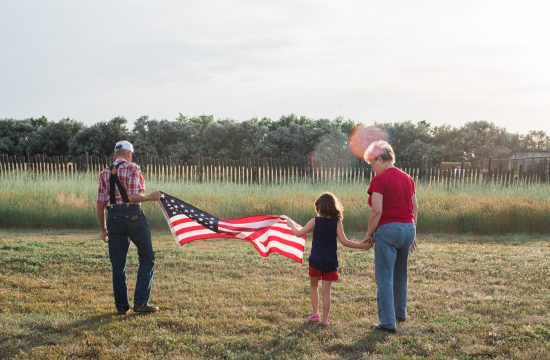
March 14, 2018 / Goshen County
The Weight of History
One of my favorite urban spaces is the Goshen County Homesteader’s Museum. The museum is actually a collection of buildings, including the historic Torrington train depot, an early 20th century home and school house, a railroad building and several Union Pacific rail cars.
Most museums in Wyoming like to play up the “Wild West” part of their history, regaling visitors with tales of cowboys, Indians, outlaws and other characters that lend themselves to the romanticism of the Old West. The Homesteader’s Museum, just of Highway 85 in south Torrington, puts on no such airs. It focuses instead on the first settlers in Goshen County and the worked they put into to eek a living out of this land…everyday stories, photos and tools of the folks who dared to carve a place for themselves and their families in a new land.
I could spend hours wandering the photos and carefully crafted displays depicting life in early Goshen County. One of my favorite artifacts is an early backhoe from the Goshen County Irrigation company. I marvel at the thought of its operators digging and dredging the multitude of channels and canals to create the intricate irrigation system our farmer’s still use today.
My daughter’s favorite feature today was the scale. She enjoyed sliding the heavy weights back and forth, guessing what she weighs. The weight of history hits me deeper, though. We often think of the early days of our country’s history as a simpler time. True, there were no such things as school shootings or cyber-bullying. But there was hard work, danger and the darkness of ignorance and intolerance.
The version of history we are taught in school is incomplete at best; whitewashed may be a more accurate statement. Slavery, the treatment of natives, the treatment of women, child labor, disease, the horrors of war…the weight of these subjects is lost in our learning amid a sea of dates and locations.
That’s why I love museums and exhibits like “The Way We Worked,” a small exhibit in the Homesteader’s Museum on loan from the Smithsonian for the next few months. It explores all the facets of our history…the glamorous and the ugly. Wyokiddo and I talked about how kids used to have to work in factories, or that girls weren’t allowed to have many different kinds of jobs. We listened to old work songs and talked about how we used to type letters on type writers instead of at a computer.
My daughter will never know a world without screens and instantaneous communication. She won’t have to bear the burden of supporting her family with a dangerous job in a factory or be told she can’t learn to read or write because she’s a girl. But she should know these things, she should feel the weight of history. Because we absolutely must know and understand where we all come from if we’re to build a future for us all.
–Teresa



